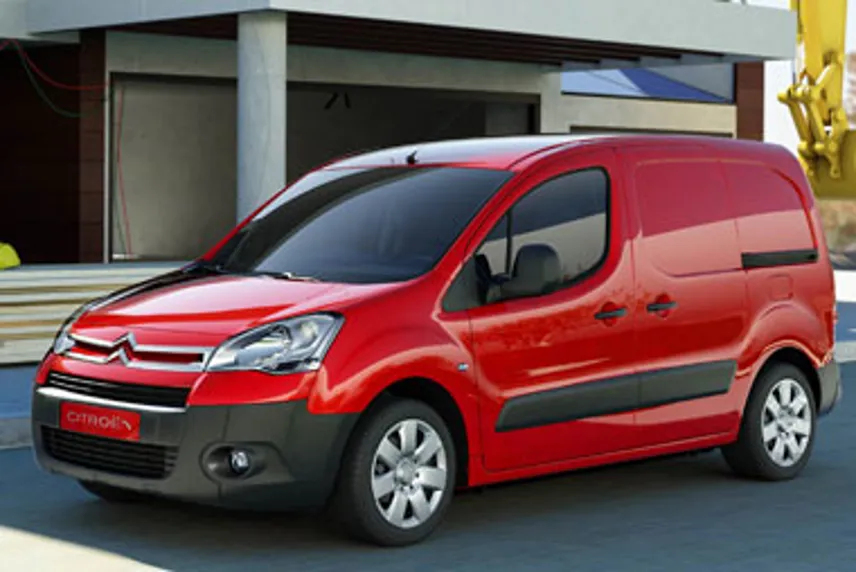Review
The new van is 4.38 metres long and in standard format offers a load volume of 3.3 cubic metres (against the old model’s 3.0 cu m) and payloads of between 625kg and 850kg.
Later in the year an extended model will be launched with the same wheelbase that will increase load volume further to 3.7 cubic metres.
The load area is wide enough to contain a standard Europallet while six load-lashing eyes will help keep cargo in place – and there will be a sliding side door as standard.
In the front, the new van features three seats for the first time, although on our first inspection of the vehicle in Vigo there didn’t appear to be much legroom for the middle passenger.
Meanwhile this middle seat folds down to reveal a handy desk, while the outer passenger seat also folds to reveal extra cargo space, allowing for loads of up to three metres long to be stored.
Also unique to the sector will be a fleet management service in which the van can be equipped with a built-in telematics device the size of a matchbox which fits in under the dashboard.
It connects wirelessly to the vehicle’s multiplexed network to transmit to a server mileage, inspection dates, average fuel consumption and other useful data.
Meanwhile warnings about engine temperature, oil levels, brakepad wear and other critical functions are reported to the fleet manager in realtime.
Under the bonnet there will be a choice of petrol and diesel engines.
The 1.6HDi diesel offers 75bhp or 95bhp, while returning 48.7mpg on the combined cycle and emitting 153g/km of CO2.
The 1.6-litre petrol offers 90bhp, 34.4mpg and 195g/km of CO2.
Prices and exact UK specification will be revealed nearer launch date.
















